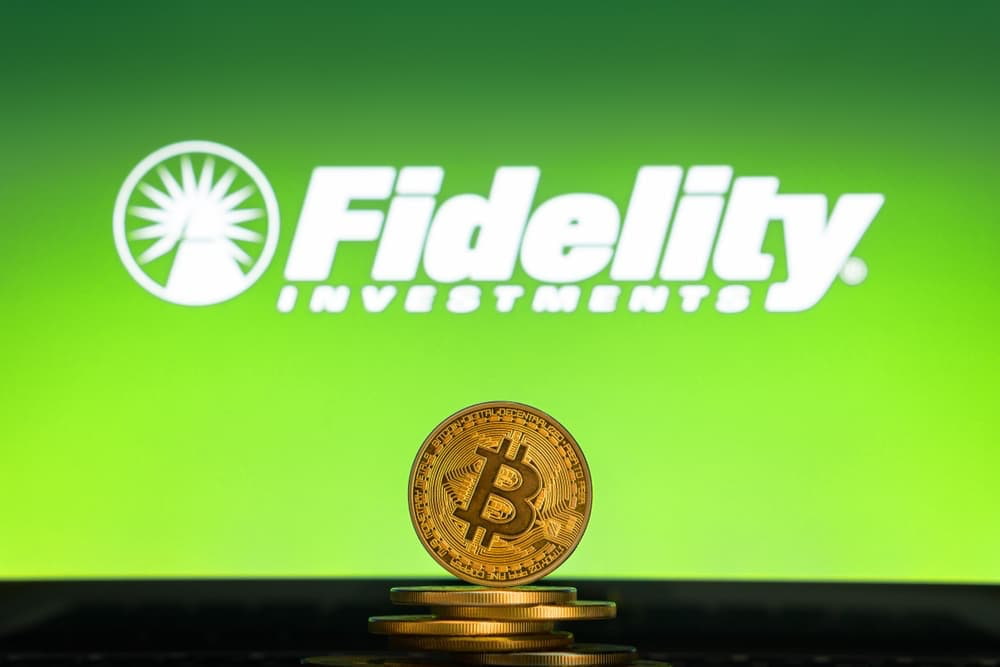In the ever-evolving world of digital finance, Fidelity has set a significant benchmark in 2025 with substantial growth in its cryptocurrency investments. Demonstrating a robust commitment to digital assets, Fidelity’s strategic expansion reflects a broader trend among traditional financial institutions to integrate cryptocurrencies into their portfolios. This move not only highlights the potential of cryptocurrencies but also underscores the increasing trust and reliance investors are placing in digital assets.
Fidelity’s Cryptocurrency Expansion in 2025: Insights and Trends
Fidelity Investments has notably widened its digital asset exposure this year, with its cryptocurrency holdings surging by over $5.3 billion so far. According to fresh research by Finbold, this expansion is largely attributed to Fidelity’s two principal spot crypto ETFs: the Fidelity Bitcoin ETF (FBTC) and the Fidelity Ethereum ETF (FETH). As of January 1, 2025, these funds reported a combined total of 201,163 BTC and 462,250 ETH, valued collectively at $20.55 billion, based on data from Lookonchain.
Comparing Bitcoin and Ethereum Inflows
Throughout the year, Fidelity adjusted its cryptocurrency portfolio, reflecting shifts in market dynamics. While the number of Bitcoin units decreased marginally by approximately 2,000 BTC, the valuation of these holdings escalated by $3.76 billion, a 19.8% increase, as Bitcoin’s price climbed from $92,595 to $113,500. Conversely, Ethereum was the major contributor to Fidelity’s growth. The company’s ETH holdings soared from 462,250 to 728,939 ETH, indicating a 62% increase in token holdings and boosting the dollar value by 103.9%, from $1.55 billion to $3.16 billion.
Fidelity’s Comprehensive Digital Asset Strategy
Fidelity’s engagement with cryptocurrencies extends beyond its flagship ETFs. Its extensive custody services, managed through Fidelity Custody, play a critical role in the firm’s digital strategy, serving prominent institutional clients such as corporations and hedge funds. Recent data from Arkham shows Fidelity’s custodial assets reached $46.21 billion by August 20, an increase of nearly $10 billion since the year’s start. Blockchain records reveal active transactions between Fidelity Custody and Coinbase, showcasing substantial BTC transfers and signifying robust client engagement.
With digital assets under custody exceeding $45 billion, Fidelity has solidified its status as a leading player in the intersection of traditional finance and the burgeoning crypto sector. This trajectory is anticipated to gain momentum as spot ETFs continue to gain traction within the United States capital markets.
How significant is Fidelity’s role in the crypto ecosystem?
Fidelity has emerged as a pivotal entity in the crypto space, bridging traditional finance with digital currencies. By offering significant custodial services and launching spot ETFs, Fidelity is spearheading efforts to integrate cryptocurrencies into mainstream investment portfolios, thereby enhancing their credibility and adoption.
Why did Fidelity’s Bitcoin holdings decrease, while their value increased?
The reduction in Fidelity’s Bitcoin holdings was offset by a substantial rise in Bitcoin’s market price, which propelled the overall value of their investments. This scenario underscores the volatile yet potentially lucrative nature of cryptocurrency investments, where price fluctuations can significantly impact value.
What distinguishes Fidelity’s approach to cryptocurrency investments?
Fidelity leverages a dual approach by managing ETFs and providing custodial services, creating a robust framework for institutional and individual investors alike. This comprehensive strategy enables Fidelity to offer diversified exposure to digital assets, mitigating risks while maximizing opportunities in the crypto market.
Can Fidelity’s digital asset expansion influence other financial institutions?
Yes, Fidelity’s foray into digital assets sets a precedent that may encourage other financial institutions to explore similar pathways. This expansion signals confidence in the crypto market’s future potential, likely inspiring peers to consider integrating digital assets into their investment portfolios.

